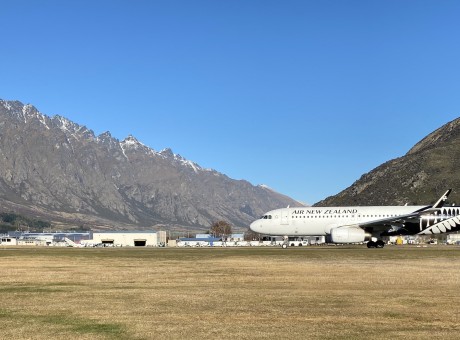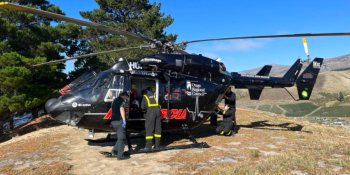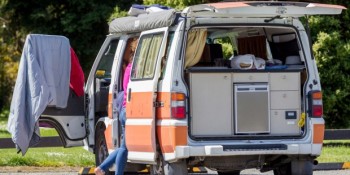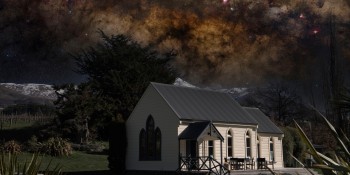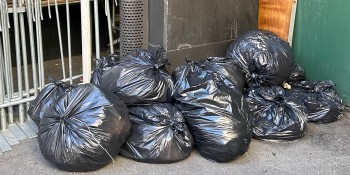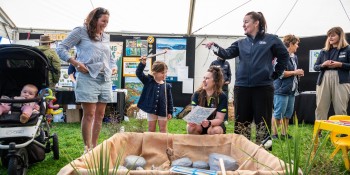ORC identifies multiple problems with QLDC sewage test results

Analysis.
An extraordinary letter from a panel of five Otago Regional Council (ORC) wastewater experts has accused the Queenstown Lakes District Council of poor practice and missing water test samples, prompting a move a few days later by the QLDC to try to distance the ORC from the emergency resource consent process.
This letter appears to be directly linked to an unusual decision by the QLDC last week to attempt to move the entire emergency resource consent process away from the ORC to the Environment Court, claiming that the process would be “faster.”
The ORC is focussed on ammonia safety levels which have been broken at five testing sites downstream from the Shotover wastewater site’s UV final treatment building.
“The application relies on a small amount of monitoring data to support the conclusions reached in terms of the scale and significance of effects. It is understood that monitoring is ongoing, and further data will be provided as it becomes available. Observations from current monitoring indicates that ammonia concentrations at RS06, RS06B, RS09, RS11 and RS13 (test sites) suggests there is potential for the discharge to cause exceedances of the national bottom line for ammonia. Specifically, each of these sites have at least one exceedance of the 95%ile statistic in the limited available monitoring record.”
Ammonia in wastewater can cause significant harm to both human health and the environment. High concentrations can be toxic to aquatic life, disrupt ecosystems through eutrophication, and even cause respiratory issues in humans. Furthermore, ammonia can corrode infrastructure and contribute to increased biological oxygen demand (BOD) in water bodies.
A QLDC promise in March 2025 to release full daily water test test results to the community appears to have been abandoned.
The ORC’s experts have identified one specific situation, reported by Crux, where QLDC bosses have already admitted renders much publicised “clean” water test results as not representing typical discharge conditions.
This situation is where water testing is done only from the new section of the Shotover sewage plant (the clarifier) and excludes or ignores the active older ponds that contain much higher levels of pollutants and suspended solids.
Here’s how that problem is expressed in the ORC’s new letter to the QLDC:
“Please confirm that Figure 5 in the application and the similar figures in the application document titled ‘Resource Consent Application to Otago Regional Council for Discharge of Treated Effluent to Kimi-ākau/Shotover River’ dated 1 May 2025 prepared by Landpro Limited (application for resource consent), represent combined pond and clarifier waste streams post UV.”
An example of the other ORC questions, of which there are many, is this section that accuses the QLDC of not following “standard practice.”
“Section 3.8.2.3 states that a single round of sampling from the Shotover River was undertaken in August 2024 and is considered “representative of Shotover River winter conditions”. Similarly, a number of statements in Section 3.8.2.5 state that monitoring is considered “to represent background Shotover River water quality”.
“Please provide an explanation for how a single round or a small number of samples can be considered representative and why further replication was not considered as this would be standard practice.”
In addition to the ammonia issue, the ORC panel also questions multiple aspects of the QLDC’s emergency resource consent application with a “please explain” connected to infrequent sampling, unclear calculations and potentially unreliable assumptions.
The ORC has been publishing direct laboratory water test results - here’s what QLDC has released for the entire month of May - no actual test results (only the QLDC’s graphic representation of results) - and no mention of ammonia or anything else apart from e coli.
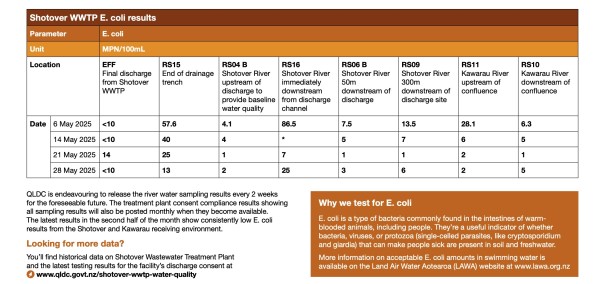
No QLDC direct independent lab results on the council website - just a graphic representation and just e coli.
In short, there are a large number of tough questions - entirely in line with the ORC’s role as water safety regulator. The move by QLDC to try and get the game moved to another forum suggests they’d rather not answer these expert questions but instead enter a legal forum where lawyers will fight the battle rather than scientists and water engineers.
It’s important to note that the Environment Court has access to all of these experts but ultimately its a legal battle rather than producing the answers to what appear to be valid and important questions demanded by the ORC.
You can read the full June 19 2025 ORC letter to the QLDC here.






